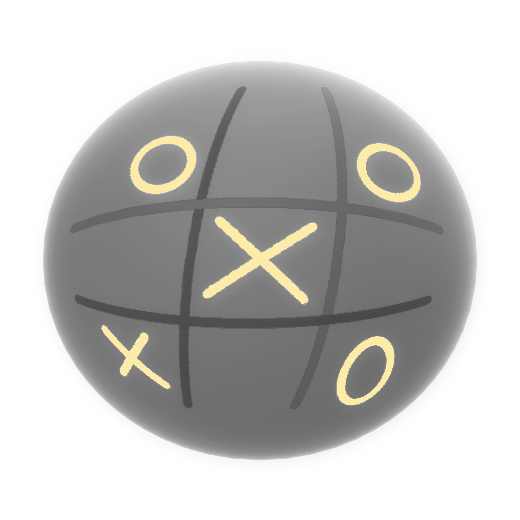Niralamba Upanishad defines and explains 29 Upanishadic concepts. It is notable for stating that men, women, all living beings, Hindu gods such as Vishnu and Rudra (Shiva), are in their essence just the same ultimate reality that is Brahman. It is also notable for describing "bondage" as doing sacrifice rituals and selfishness of any form, and for defining "demoniacal" as the life of performing fasts or muttering prayers while harboring "cruel desire, hatred and hypocrisy". The Niralamba Upanishad is a glossary of Vedanta terms, after an invocation prayer, opens with asking a series of questions, followed by sequential answers. The questions are asked in the format – what is Brahman? who is Ishvara? who is Jīva? what is Prakṛti and so on. The glossary list of the text includes Paramāṭmā, Brahmā, Vishṇu, Ruḍra, Indra, Yama, Sūrya, Chandra, Ḍevas, Rākshasas, Piśāchas, Men, Women, Living beings, Fixed objects, Brahmins and others, Jāti, Karma, Akarma, Jñāna, Ajñāna, Sukha, Duḥkha, Svarga, Naraka, Bandha, Mokṣa, Upasya, Śiṣya, Vidvān, Mudha, Asura, Ṭapas, Paramapada, Grahya, Agrahya and Saṃnyāsī. What is Brahman? Without divisions or classification, without beginning and without end. Pure, Peace, without qualities, Formless, Eternal Bliss, Indivisible, one and only without a second, Supreme Consciousness. —Niralamba Upanishad 1 Jnana in verse 24, means knowledge of the truth that the unchanging existence in the Universe is Brahman, who is Chaitanya or consciousness. It is that, asserts the text, which is seer and the seen, all pervading, the realization of the Self that is same in everyone, realized by subduing the senses, by serving the Guru (teacher), and by learning and meditating on Vedantic doctrines. Ajnana is contrasted by the text in verse 25, as the illusion that the Atman (soul, self) within oneself is different from the soul in angels, other living beings, men, women, or because of castes or orders of life, or because something moves and something is fixed, and it is the ignorance that the Atman is different from the all-pervasive Brahman that is the nature of everything. Sukha (happiness) is defined by the text as the state of realizing one's innate bliss, experiencing satcitananda. Dukha (pain) is being driven by the mundane, the state of non-Self, the lack of self-knowledge. Swarga (heaven) is association with spiritual Truth, while Naraka is craving after mundane existence. What is Jati (caste)? What is Jati? It cannot refer to the skin, or the blood, or the flesh or the bone. There is no Jati for Atman (soul). It is made up behavior. —Niralamba Upanishad 21 Tapas, states the text is the act of burning in the knowledge that the unchanging truth is Brahman and the universe is Maya. Demoniacal is that, asserts the Upanishad, where one practices austerity and Japa (muttering mantras) while simultaneously living a life that harbors "cruel desire, hatred, pain and hypocrisy" of any kind. Sannyasi, defines the text, is that person who has given up "I and mine", who is convinced that "I am Brahman" and everyone, everything is Brahman, there are no multitudes, there is just oneness.


 Shop Ventures NFT
Shop Ventures NFT